This article was co-authored by Lisa Bryant, ND. Dr. Lisa Bryant is Licensed Naturopathic Physician and natural medicine expert based in Portland, Oregon. She earned a Doctorate of Naturopathic Medicine from the National College of Natural Medicine in Portland, Oregon and completed her residency in Naturopathic Family Medicine there in 2014.
There are 10 references cited in this article, which can be found at the bottom of the page.
wikiHow marks an article as reader-approved once it receives enough positive feedback. In this case, 88% of readers who voted found the article helpful, earning it our reader-approved status.
This article has been viewed 160,894 times.
Granuloma annulare is a harmless skin condition that causes rashes and bumps, usually on your hands or feet. While it might be alarming to see rashes on your skin, this condition isn’t dangerous or contagious, so don't panic! It will go away on its own, but it's totally understandable that you'll want to clear your skin sooner. Unfortunately, it is tough to fight and doesn’t always respond to medical or home treatment, which can be very frustrating. A few topical and systemic treatments may help, so talk to a dermatologist to hammer out the most effective treatment plan.
Steps
Visiting the Dermatologist
You might be concerned about a rash that suddenly appears on your skin. Fortunately, granuloma is harmless, but you still need a dermatologist’s diagnosis to confirm that this is what's causing your rash as a first step. They’ll do a series of exams and tests to diagnose granuloma, and then you can take the next steps in your treatment.
-
1See a dermatologist for a correct diagnosis. While you might want to avoid seeing the doctor, granuloma annulare is tough to diagnose on your own. While it's harmless, other conditions could present a similar rash. That’s why it’s important to see a dermatologist and rule out other causes. With an examination, the dermatologist can confirm that you have granuloma annulare and recommend the next steps for treatment.[1]
- Granuloma takes a few months at least to clear on its own, so the rash won’t disappear suddenly. This is a tell-tale sign of granuloma.
- Granuloma is often mistaken for ringworm, a fungal infection that clears up with antifungal cream.
- The most common form of this condition is localized granuloma annulare. This causes small red bumps in a limited area that merge into a circular rash. Different forms could present a rash over a wider area, small bumps under the skin, or a scaly, itchy skin irritation. All are harmless and treated in the same ways.[2]
-
2Inform the dermatologist if you’ve recently traveled or received an injury. Doctors aren’t sure what triggers granuloma, and it probably has multiple causes. However, it may be associated with a recent injury or exposure to some kind of unfamiliar chemical. This could happen while you’re traveling or working around corrosive chemicals. In any case, inform the dermatologist of any injuries you’ve had, traveling you’ve done, or chemicals you’ve been exposed to.[3]
- There is no particular locations where you might get granuloma from. However, since insect or animal bites and sun exposure can trigger it, then tropical locations could put you at a higher risk.
- Granuloma may also be from an autoimmune response, in which case there really is no trigger.
Advertisement -
3Have a biopsy to make sure the rash isn’t malignant. The dermatologist may be able to recognize granuloma with just a physical exam, but it’s common to do a biopsy on any skin rashes to check for skin cancer. Don’t worry if your dermatologist does this test–in most cases this is entirely routine and comes back negative. The dermatologist will take a small skin sample from the rash and look at it under a microscope to rule out skin cancer.[4]
- If the dermatologist isn’t sure what’s causing the rash, they may also try a CT scan or blood test. This is to rule out other conditions like ringworm, which causes a similar rash.[5]
-
4Let minor cases clear up on their own. If your dermatologist determines that you have granuloma annulare, they may recommend that you do nothing to treat it. The rash is harmless and most cases clear up in a few months to 2 years. This may seem like a long time, but it’s possible that trying to treat the rash will cause more problems. Follow your dermatologist's recommendation for the next steps in your treatment.[6]
Treatment Procedures
The most common treatment for granuloma is leaving the rash alone and letting it heal. However, if you want the rash gone sooner, then there are a few treatments that might get rid of it. Clearing up granuloma is tricky because it doesn’t always respond to treatment, so you might need to try a few different procedures before you find one that works. Follow your dermatologist's suggestions to determine the best treatment.
-
1Try vitamin E supplements for a natural approach. If you'd like to avoid medicines or chemicals to treat granuloma, then vitamin E might help. Studies show that a daily vitamin E supplement could help granuloma clear faster.[7] Try having 400 IU (international units) of vitamin E each day for 8 weeks to see if this helps.[8]
-
2Apply corticosteroid cream to the affected area. Corticosteroids can heal inflammation on your skin, so this is usually the first treatment that dermatologists recommend to clear the rash. You don’t need a prescription for these medications, so get the type that your dermatologist recommends for you. Then, apply it according to their directions to see if this helps you.[9]
- General instructions for corticosteroid creams are to rub it onto the affected area twice a day for 2 weeks, then contact your doctor if you don’t see any improvement. However, follow the specific instructions from your dermatologist or the product directions.[10]
- In some cases, your dermatologist might recommend covering the area with a bandage to keep the medication on your skin.
-
3Have steroid injections for a stronger treatment. If creams or vitamins don’t clear the rash, your dermatologist may try injecting corticosteroids under your skin. This delivers a direct dose that might be better for clearing the rash. Usually, the dermatologist will give you an initial round of injections, and then ask you to come back for follow-up injections every few weeks. This might clear the rash within a few months.[11]
- Steroid treatments usually work best for localized granuloma that hasn’t spread. If it covers a larger area, then they’ll probably try something else.[12]
-
4Try light therapy to clear the rash. Light therapy uses UV rays to heal problems on your skin. There are two types of light therapy, PUVA and laser treatment. Your dermatologist can do either in their office. For PUVA treatment, you’ll take a drug called psoralen, which makes your skin more sensitive to UV light, and then the dermatologist uses a wand to shine UVA rays onto the rash. For laser treatment, the dermatologist will focus a ray of strong light onto the rash. Both try to prevent inflammation on your skin. You’ll probably need several sessions to see any results.[13]
- For PUVA treatment, you may need to return for a few repeat visits before the rash improves. Laser therapy often shows faster results, but not always.
- Light treatment and phototherapy slightly increase your risk of skin cancer, but they’re safe as long as you use them exactly as directed.[14]
-
5Remove raised lesions by freezing them. This is the most aggressive treatment for granuloma because it involves physically removing the lesions. It’s used if you have raised lesions instead of a simple rash. The dermatologist will freeze the lesions with liquid nitrogen. They’ll then either remove them or let the freezing process destroy them.[15]
- Although a skilled dermatologist can do this without causing injuries, there is always a risk that your skin will scar after this treatment. Consider if this is worth the risk to remove the rash.
-
6Take prescription medications for widespread cases. Oral medications are a less common treatment for granuloma, but sometimes they’re necessary for widespread cases. A number of medications might be effective to treat rashes over a wide area. Take the medications that your dermatologist prescribes exactly as they tell you to.[16]
- Oral steroids work similarly to topical corticosteroids and can reduce inflammation on your skin.
- Although granuloma isn’t caused by a bacterial infection, some antibiotics are effective for clearing the rash. Dapsone and Accutane, usually used for acne or dermatitis, might help.
- Antimalarial drugs like hydroxychloroquine are also effective for treating granuloma. This may be because they suppress your immune system.
Medical Takeaways
Granuloma annulare is an unsightly but harmless condition that goes away on its own in most cases. This is still frustrating, though, even if it isn't dangerous. Unfortunately, most home remedies won't help you get rid of it faster. Your dermatologist can try a few different treatments, so schedule an exam and talk about your options. The right treatment could clear the rash faster than letting it heal on its own.
References
- ↑ https://www.aad.org/public/diseases/a-z/granuloma-annulare-treatment
- ↑ https://my.clevelandclinic.org/health/diseases/17874-granuloma-annulare
- ↑ https://www.aad.org/public/diseases/a-z/granuloma-annulare-treatment
- ↑ https://www.mayoclinic.org/diseases-conditions/granuloma-annulare/diagnosis-treatment/drc-20351323
- ↑ https://www.aad.org/public/diseases/a-z/granuloma-annulare-treatment
- ↑ https://www.bad.org.uk/shared/get-file.ashx?id=85&itemtype=document
- ↑ https://pubmed.ncbi.nlm.nih.gov/23988344/
- ↑ https://www.aafp.org/afp/2006/1115/p1729.html
- ↑ https://www.mayoclinic.org/diseases-conditions/granuloma-annulare/diagnosis-treatment/drc-20351323
- ↑ https://medlineplus.gov/druginfo/meds/a682793.html
- ↑ https://www.mayoclinic.org/diseases-conditions/granuloma-annulare/diagnosis-treatment/drc-20351323
- ↑ https://rarediseases.info.nih.gov/diseases/6546/granuloma-annulare
- ↑ https://www.aad.org/public/diseases/a-z/granuloma-annulare-treatment
- ↑ https://pubmed.ncbi.nlm.nih.gov/18834483/
- ↑ https://www.nhs.uk/conditions/granuloma-annulare/
- ↑ https://www.aafp.org/afp/2006/1115/p1729.html
- ↑ https://www.nhs.uk/conditions/granuloma-annulare/
About This Article
Granuloma annulare is a skin condition that gives you small, red or skin-colored bumps in circular patterns. While the condition can be unpleasant, there are many natural remedies you can try to improve your symptoms. To relieve inflammation, massage an herbal oil, such as turmeric, scutellaria, skullcap, or ginger, onto your skin. You can also use turmeric or ginger in a meal to take advantage of their healing properties. Alternatively, rub some aloe vera gel onto your bumps to reduce itchiness and inflammation. Another thing you can try is drinking green tea a couple of times a day, which may help irritated skin. If your condition doesn’t improve within 4 weeks, visit your doctor so they can rule out underlying skin conditions. For more tips from our Medical co-author, including how to make an avocado paste for your rash, read on.

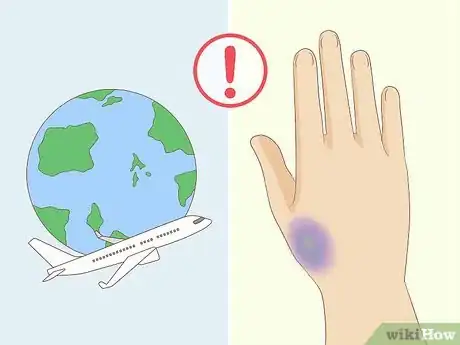
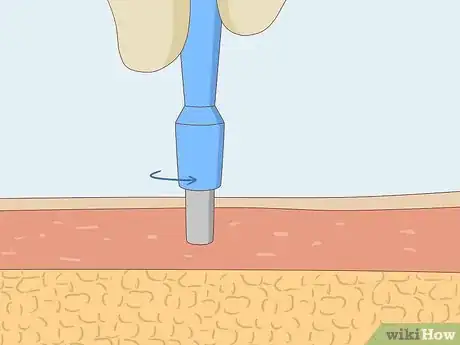
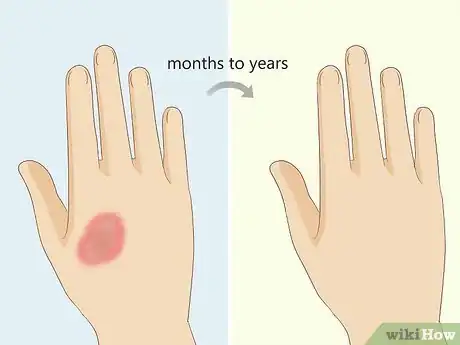


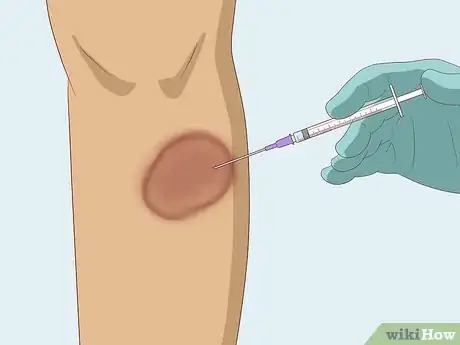
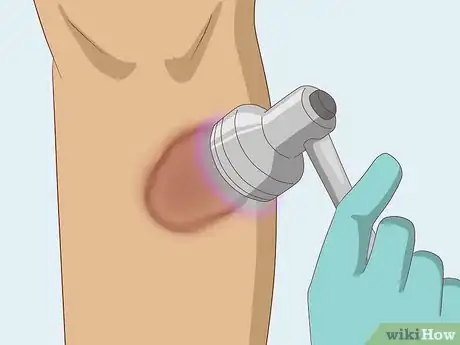

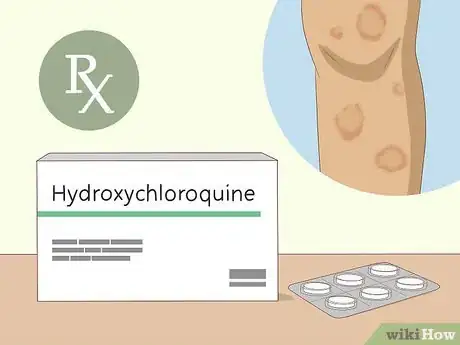
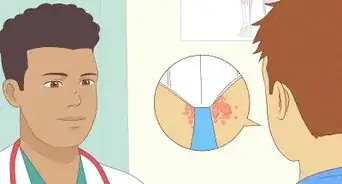

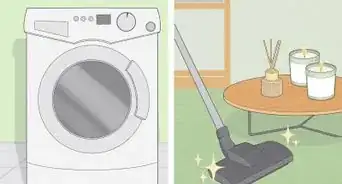

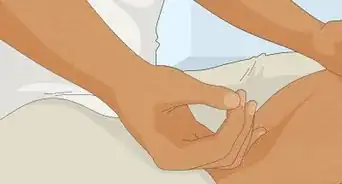

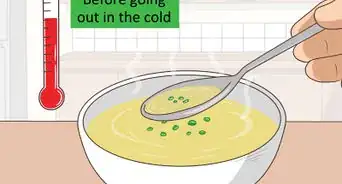

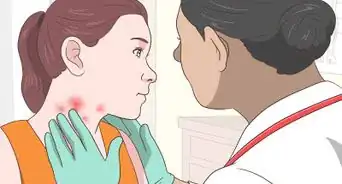

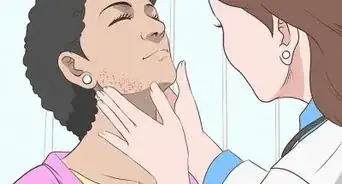
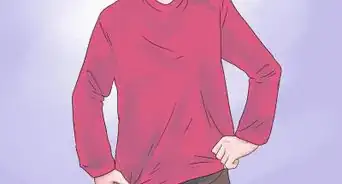
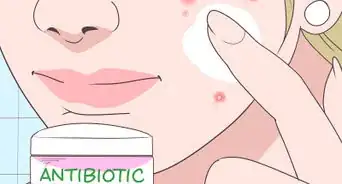
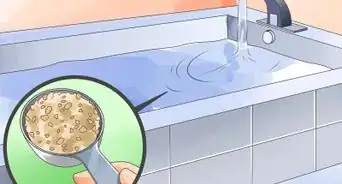














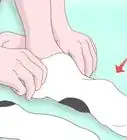



































Medical Disclaimer
The content of this article is not intended to be a substitute for professional medical advice, examination, diagnosis, or treatment. You should always contact your doctor or other qualified healthcare professional before starting, changing, or stopping any kind of health treatment.
Read More...